A silent crisis is unfolding in the dynamic world of franchising, where entrepreneurial dreams intersect with proven business models. It threatens the success of ambitious franchisees and the growth of entire franchise systems. The culprit? There is a startling lack of specialized training for multi-unit franchise owners.
Imagine Sarah, a successful single-unit franchisee of a popular fast-food chain. Buoyed by her success, she expanded, acquiring two more units with her franchisor’s blessing. But as her empire grows, so does her sense of being overwhelmed. Managing multiple locations, Sarah quickly realizes, is a whole new ballgame—one for which she feels woefully unprepared.
Sarah’s story is far from unique. A recent review of several hundred franchise disclosure documents revealed a disturbing trend: only a tiny fraction of franchisors offer formal training on the nuances of multi-unit ownership. It’s like asking pilots trained for single-engine planes to captain a commercial jet fleet suddenly without additional instruction.
The jump from single to multi-unit ownership is like going from checkers to chess… the rules are similar, but the strategy is entirely different.
The Multi-Unit Sales Boom: A Double-Edged Sword
Before discussing the essential components of multi-unit ownership training, it’s crucial to address a growing trend in the franchise industry exacerbating this hidden crisis: the boom in multi-unit franchise sales.
Franchise brokers, incentivized by commission structures that reward larger deals, have been increasingly pushing the sale of multi-unit packages—often in bundles of three, five, or even ten packs. It’s not hard to see why: brokers stand to earn substantially more from these multi-unit deals compared to single-location sales.
The allure of rapid expansion is strong. However, many prospective franchisees don’t realize that managing multiple units requires a different skill set than running a single location.
While lucrative for brokers and appealing to ambitious entrepreneurs, this trend could be a recipe for disaster if franchisors don’t have robust training systems. The gap between the skills needed for single-unit and multi-unit ownership is vast, and without proper preparation, new multi-unit franchisees may find themselves overwhelmed and underprepared.
Before accepting multi-unit leads, franchisors must ensure their training and development systems are equipped to handle the complexities of multi-unit ownership. Otherwise, they’re setting up their franchisees—and ultimately themselves—for failure.
With this context in mind, let’s explore what comprehensive multi-unit franchise training should entail:
1. The Art of Strategic Thinking
The first lesson in Multi-Unit Ownership 101 is that you can’t be everywhere at once. Successful multi-unit franchisees learn to work “on” the business rather than “in” it. This means stepping back from day-to-day operations to focus on big-picture strategy.
“I had to learn to let go,” confesses Pat, a multi-unit owner of a leading personal services franchise brand that treats families for head lice infestations. “Realizing that my job was to guide the ship, not to staff every station, was a game-changer.”
This strategic thinking involves:
– Long-term growth planning
– Resource allocation across units
– Brand consistency and development
2. Building a Management Dream Team
With multiple locations to oversee, having a reliable manager at each unit isn’t just helpful—it’s essential. But how do you find, train, and retain these crucial team members?
Effective multi-unit training programs teach franchisees the finer points of:
– Hiring and developing talented managers
– Delegating responsibilities effectively
– Building and leading a cohesive management team
– Fostering a positive organizational culture across all units
“Creating a cohesive culture across multiple units was my biggest challenge,” acknowledges Bill, a multi-unit, multi-branded franchisee who owns several units of a leading QSR restaurant brand and a beauty salon franchise. “Each location had its personality, and bringing them all under one vision took skills I had to learn on the fly.”
3. Crunching the Numbers (Without Getting Crunched)
Financial management takes on a new dimension when dealing with multiple units. Multi-unit and multi-brand franchisees need to understand:
– Complex budgeting processes for multiple locations
– How to allocate resources effectively across units
– The potential for and implementation of economies of scale
– Advanced financial analysis and forecasting
“I wish someone had taught me about the financial intricacies of multi-unit ownership earlier,” Sarah reflects. “It would have saved me a lot of sleepless nights and costly mistakes.”
4. Harnessing the Power of Technology
Technology is the multi-unit franchisee’s best friend in today’s digital age. Tech-savvy is no longer optional, from point-of-sale systems that provide real-time data across all locations to analytics tools that help identify trends and opportunities.
Training in this area should cover:
– Implementing systems for multi-unit oversight
– Analyzing and interpreting Key Performance Indicators (KPIs) across multiple locations
– Utilizing data to make informed business decisions
Enter franchise management software like FranConnect and learning management systems (LMS) like World Manager. These powerful platforms are revolutionizing franchise operations and training, offering a centralized single source of truth, a hub for playbooks, performance tracking, and learning and development activities.
“World Manager has been a game-changer for us,” says Collin, a multi-unit owner of a famous QSR franchise brand. “Its gamification features have made training fun and competitive, dramatically improving engagement and knowledge retention among our staff.”
Indeed, gamification—applying game-design elements to non-game contexts—is a powerful tool in franchise training. Leaderboards, badges, and point systems tap into employees’ natural desire for competition and achievement, making learning more enjoyable and effective.
5. Mastering the Human Element
With a larger workforce comes greater HR responsibilities. Multi-unit franchisees need to be adept at:
– Conducting performance reviews across multiple units
– Managing conflicts and maintaining morale
– Developing and implementing standardized HR policies
– Creating and maintaining a consistent culture across all locations
6. Becoming a Master Trainer
One often overlooked aspect of multi-unit ownership is the need for franchisees to become effective trainers. This is where “train the trainer” programs come into play.
“Learning how to teach others was a pivotal moment in my multi-unit journey,” reflects Mark, owner of several automotive service franchises. “It allowed me to scale my operations while maintaining consistency across all locations efficiently.”
Train-the-trainer programs equip multi-unit franchisees with the skills to effectively pass on their knowledge and the franchisor’s systems to their managers and staff. This ensures unit consistency and empowers franchisees to build strong, self-sufficient teams.
Many franchisors are now incorporating train-the-trainer modules into their multi-unit training programs, recognizing that effectively training others is a crucial skill for successful multi-unit ownership.
The Franchisor’s Responsibility
Given the increasing prevalence of multi-unit deals, franchisors are responsible for ensuring their training programs are up to the task. This means expanding existing single-unit training and developing comprehensive, multi-unit-specific programs that address the unique challenges of managing multiple locations.
“Franchisors need to resist the temptation of rapid expansion through multi-unit sales if they can’t support it with equally robust training,” warns Sean Fitzgerald, the President of Tru Blue Home Service Ally. “The long-term costs of franchisee failure and system instability can quickly overshadow the short-term gains from selling multi-unit packages.” Nothing will cause your franchise sales program to stall more than having multi-unit failures.”
The message for franchisors considering multi-unit expansion is clear: before you begin accepting multi-unit leads, ensure you have your training and development house in order. This might mean:
- Developing specific multi-unit training modules
- Creating mentorship programs pairing new multi-unit owners with experienced ones
- Investing in advanced learning management systems to facilitate ongoing training
- Establishing clear benchmarks for multi-unit readiness
By taking these steps, franchisors can ensure they’re not just selling multi-unit packages but setting their franchisees up for multi-unit success.
The Benefits of Addressing the Training Gap
The advantages of comprehensive multi-unit training are clear:
– For franchisees: Smoother operations, faster growth, and higher profits
– For franchisors: Stronger system-wide performance and more rapid expansion
So why isn’t this training more widespread? Some franchisors argue that multi-unit skills are best learned through experience. Others haven’t recognized the need. However, as the franchise industry continues to evolve, with multi-unit ownership becoming increasingly common, this gap in training is becoming impossible to ignore.
The Path Forward
The good news is that change is on the horizon. Forward-thinking franchisors are beginning to implement comprehensive multi-unit training programs. These programs often combine:
– Classroom learning
– On-site training
– Ongoing support and mentorship
– Advanced LMS platforms for continuous, engaging training experiences
As for Sarah? After some initial struggles, she sought mentorship from experienced multi-unit owners and invested in her education. Today, she’s the proud owner of five thriving locations and is considering expanding further. She’s also become an advocate for comprehensive multi-unit training within her franchise system, pushing for the adoption of advanced learning technologies and train-the-trainer programs.
Conclusion
The lesson is clear: success in franchising is about more than following a proven system. It’s about having the right skills and knowledge to scale that system effectively. As the franchise business format continues to grow and evolve, closing the multi-unit training gap isn’t just an opportunity—it’s an imperative.
For franchisors, the message is simple: invest in comprehensive multi-unit training now, or risk watching your most ambitious franchisees struggle unnecessarily. This means developing robust training programs and leveraging cutting-edge learning technologies and methodologies to deliver them effectively.
And for aspiring multi-unit franchisees? Don’t wait for someone else to prepare you for success. Seek the knowledge and skills you need, embrace new learning technologies, and prepare yourself to become an owner, teacher, and leader. With the proper training and tools, you’ll be well on your way to building your franchise empire.
In the end, bridging this hidden gap in franchise training isn’t just about avoiding failure—it’s about unlocking the full potential of the franchise model. In doing so, we can ensure that the next generation of multi-unit franchisees isn’t just surviving and thriving in an increasingly complex and competitive business landscape.
—
Written by Guest Writer Keith Gerson, CFE – President & CEO of Gerson Advisory Services
About the author: Keith Gerson, CFE, is one of the best-known experts in franchising and is well-known for his thought leadership. Keith brings 50 years of franchise experience to Gerson Advisory Services (GAS), offering unparalleled insights and strategic guidance for franchisors. His leadership and visionary approach have shaped successful franchise systems worldwide.

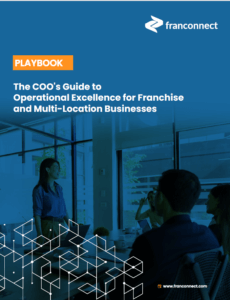




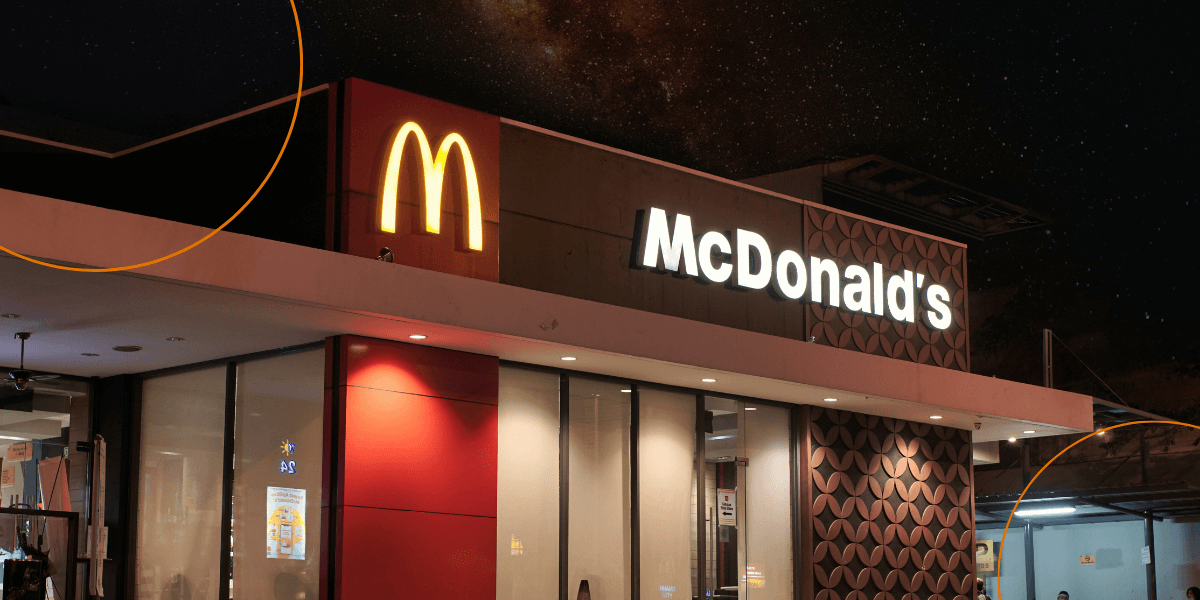

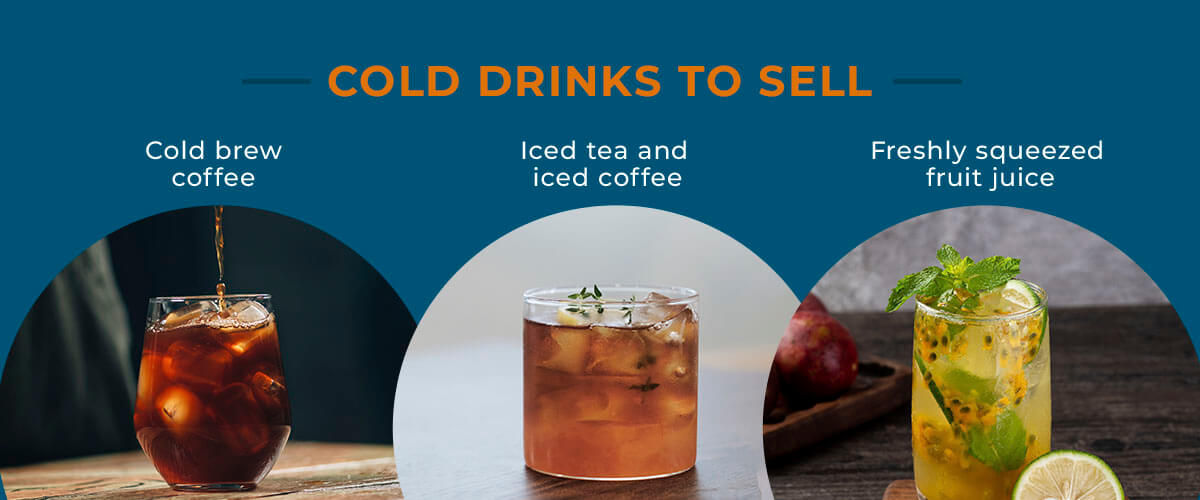
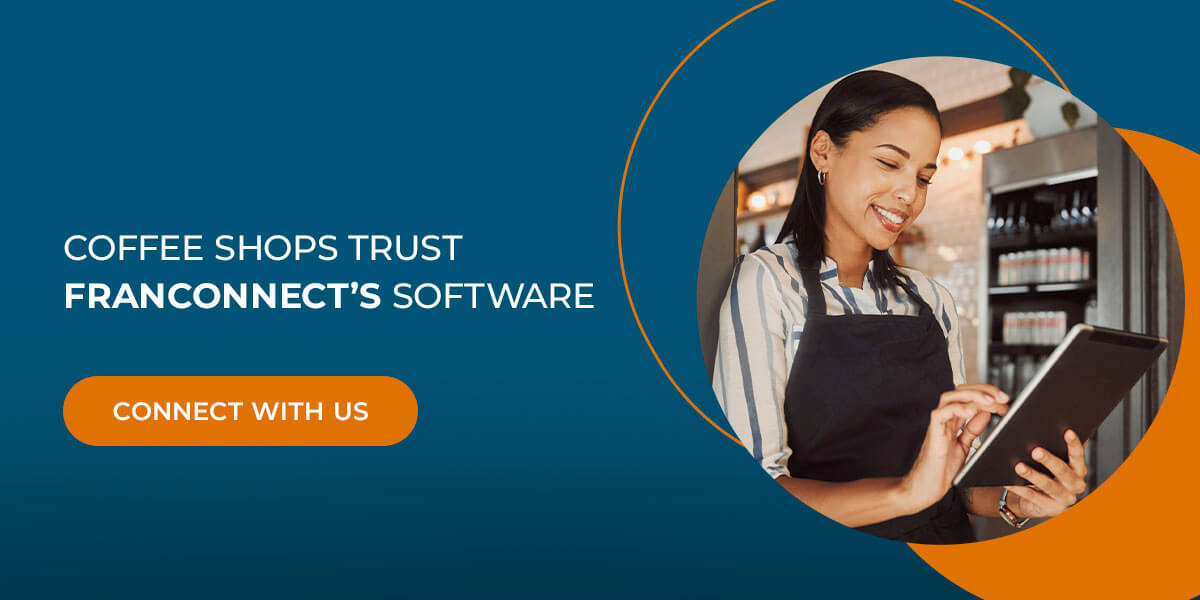
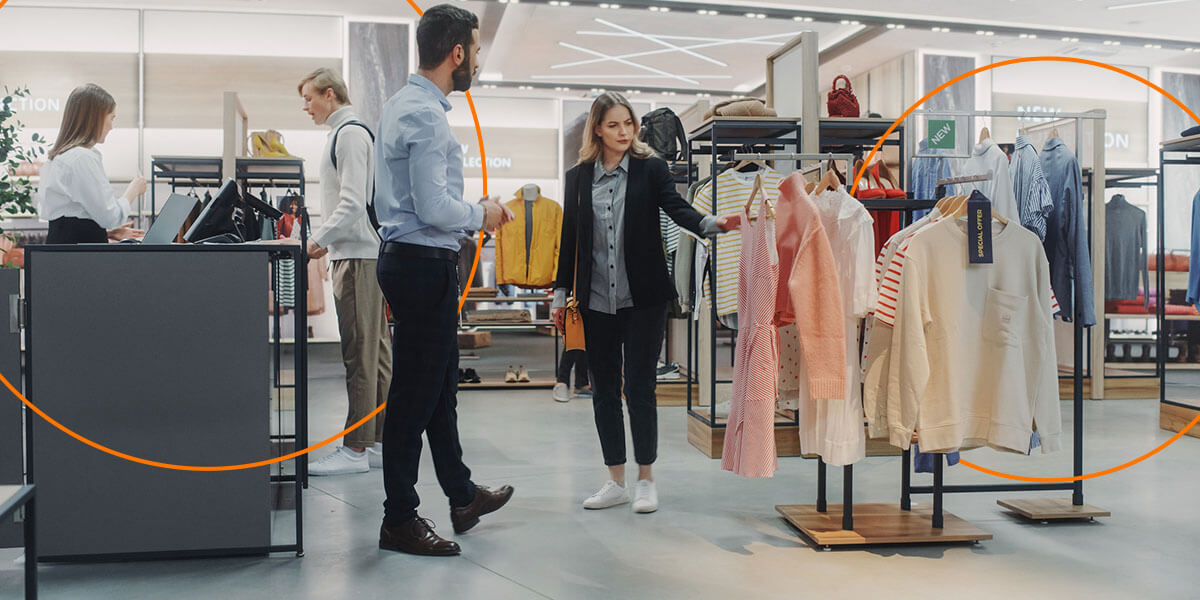
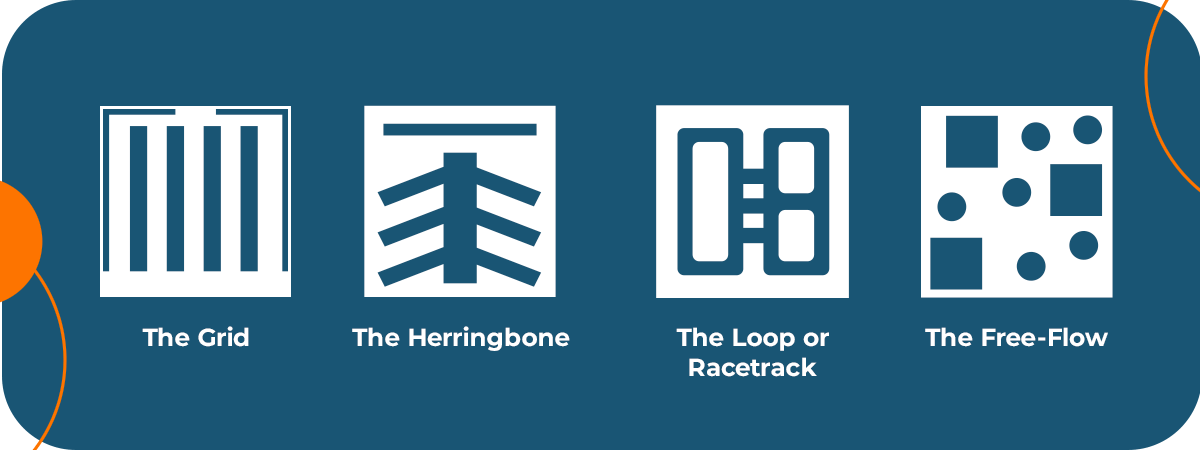
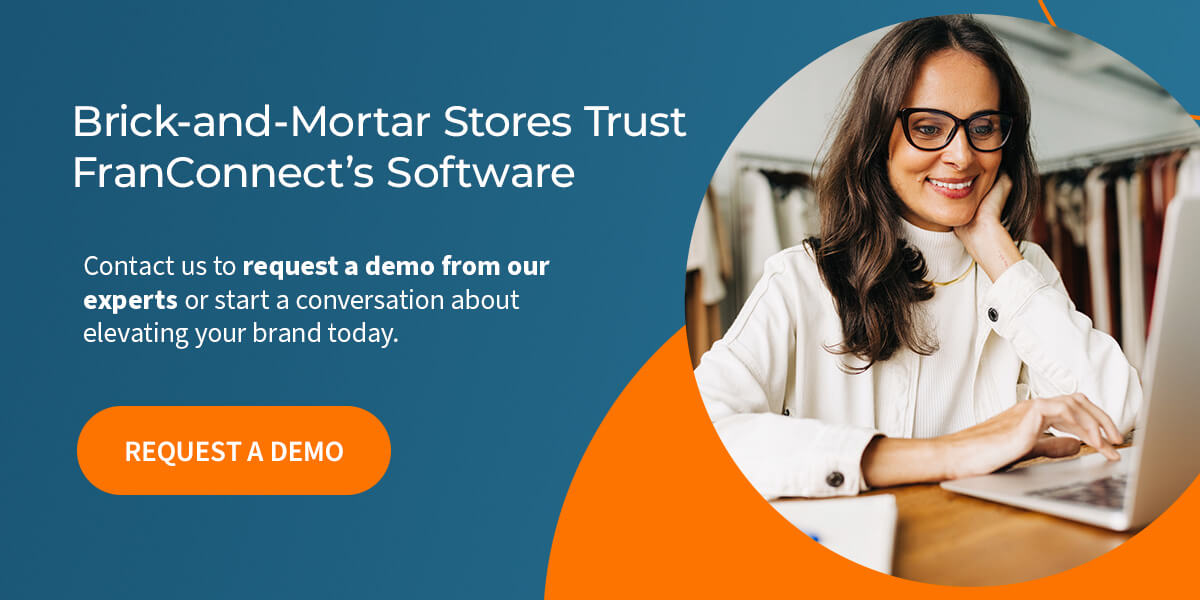


 Ian Walsh
Ian Walsh








